In certain parts of the world, construction is still dominated by wet systems—concrete, masonry, and cementitious materials that are poured, cured, and fixed in place. While this has long been considered the norm in some south-east Asia countries, such as Singapore, Thailand, Malaysia, and China, in most of these regions, they typically share a common trend where labor is relatively inexpensive. This serves as one of the reasons to make concrete more easily available, as one of the typical downside of concrete is its intensive labour cost – this further differentiates concrete as a cheaper and more efficient material system to be building out of.
However, not enough considerations in the region are given to the sustainability aspect when using these wet construction materials,often overlooking the significant drawbacks of its material lifecycle and the difficulty to recycle it without downcycling – making it one of the more unsustainable materials available to be built out of.

Dry construction—systems built with prefabricated, often modular components like gypsum boards, steel studs, and lightweight panels—offers an alternative that is efficient, adaptable, and significantly more sustainable. Yet its adoption in hot, humid climates has not been as rapid as one would expect.
What are some of the reasons in its resistance to adoption, and could it proof itself to be an effective solutions to build more sustainably within these regions?
In subtropical regions, wet construction methods have long been the dominant mode of building—shaped by economic, climatic, and even cultural forces. When labor was abundant and wages were low, labor-intensive methods like concrete formwork and on-site masonry made practical and financial sense.
Concrete, in particular, conveys a sense of durability and permanence that appeals to both builders and end-users. In parts of southern China, it’s common for prospective homeowners to knock on walls to test their solidity—a hollow sound suggests flimsiness, while a dense, heavy thud inspires confidence.
This practice echoes a local real estate saying: “buying bricks,” a phrase that equates homeownership with the reliability of solid, weighty materials—symbols of stability, permanence, and value.
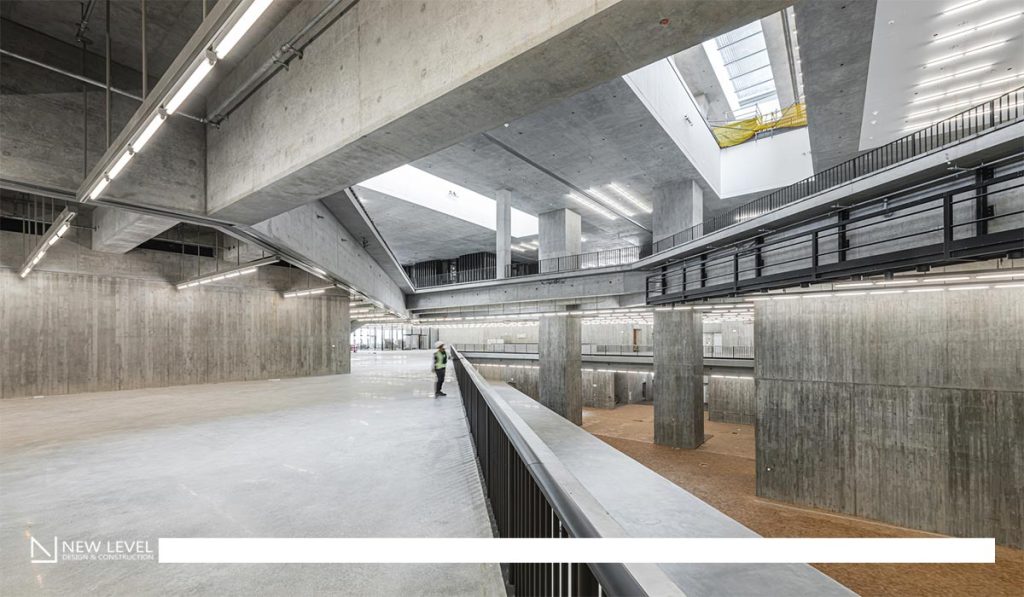
Beyond these socio-economic preferences, wet construction brings tangible technical advantages. Once design logistics and structural strategies are determined, wet systems—especially cast-in-place concrete—can be deployed quickly and repetitively. Unlike steel, which comes in a wide range of standard shapes and flange dimensions that can sometimes introduce coordination errors, concrete offers a more consistent system once mix ratios, formwork, and rebar detailing are standardized across a project. This consistency contributes to its widespread appeal in the building industry.
Additionally, wet construction is inherently fire-resistant and structurally robust, often fulfilling multiple performance requirements with a single material. Its mass also leaves no cavities or voids, reducing opportunities for insect infestations or mold buildup—key concerns in humid subtropical climates. These characteristics have helped cement concrete’s reputation as the material of choice, particularly in dense urban contexts where building envelopes must contend with heat, moisture, and pests.
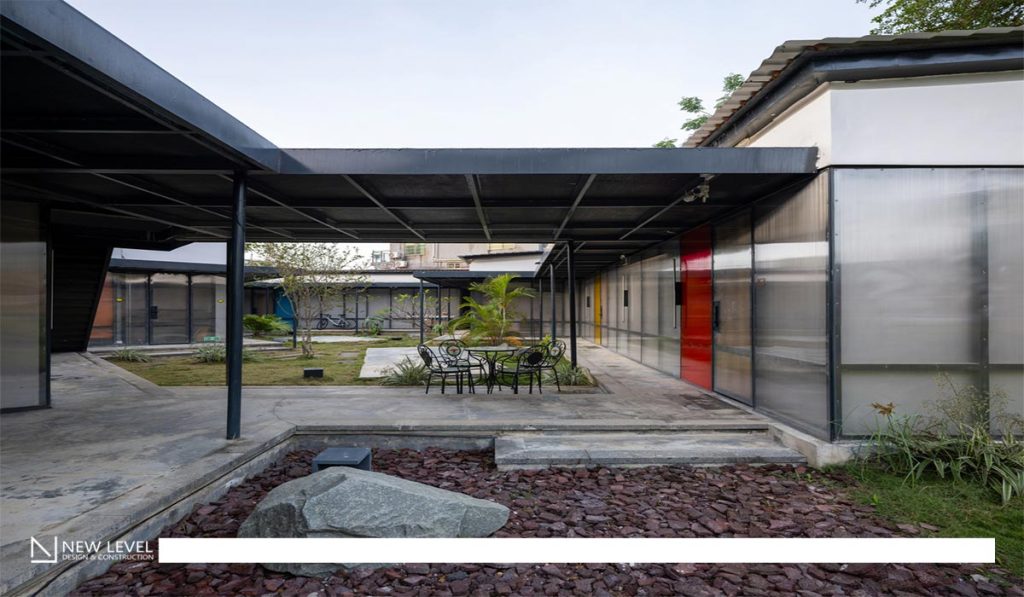
Over time, this has created an entrenched ecosystem: manufacturers, contractors, and architects have built deep expertise around wet construction—from the calibration of rebar detailing to the routing of concrete pump lines. Even the production infrastructure—from batching plants to cement factories—is scaled to support this singular system. In fact, China remains the world’s largest cement producer, feeding a construction industry that depends heavily on these materials. This entire value chain—from design logic to supply networks—has made wet construction difficult to displace, even as its environmental costs become more apparent.
Despite its perceived hollowness and lack of permanence—traits that have long deterred end-users in many parts of Asia—dry construction holds surprising potential, even in subtropical climates. While traditional timber framing may struggle in regions with persistent humidity levels above 80%, steel studs offer a resilient alternative. Though often critiqued for thermal bridging and insulation challenges, these issues can be effectively mitigated through thoughtful detailing and layered assemblies—proven by the widespread adoption of dry construction methods in Europe.
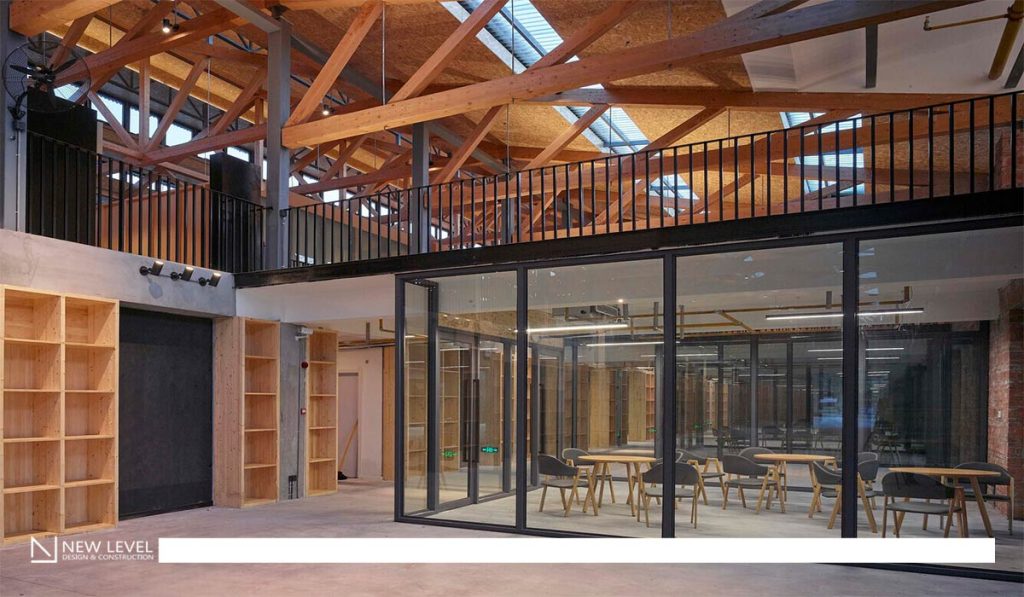
One of the core advantages of dry systems lies in their efficiency. On-site waste is drastically reduced: materials such as gypsum board and metal studs can be trimmed with precision, reused elsewhere in the project, or stored for future use.
In contrast, wet materials like concrete and plaster must be mixed and used within strict timeframes. Once cured, any leftover batch becomes unusable. Further complicating the process, the inherent inconsistency in mixing wet materials can cause visible variation in texture and tone—particularly undesirable in exposed finishes.
As a result, contractors often over-prepare materials to avoid mismatches, generating a steady stream of excess and waste. While these daily losses may seem marginal, they accumulate over time—underscoring the long-term sustainability benefits of dry construction.
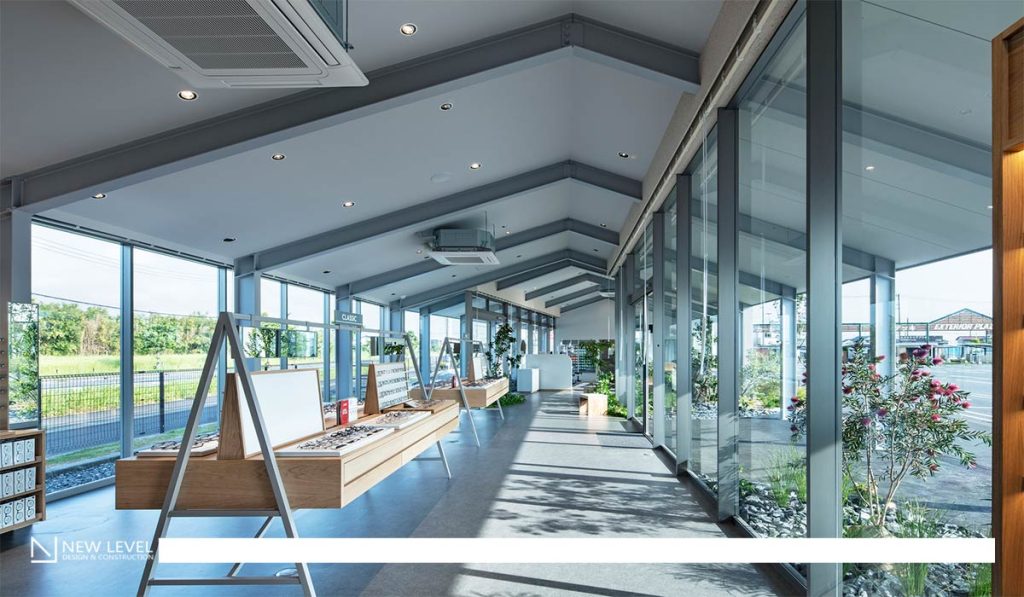
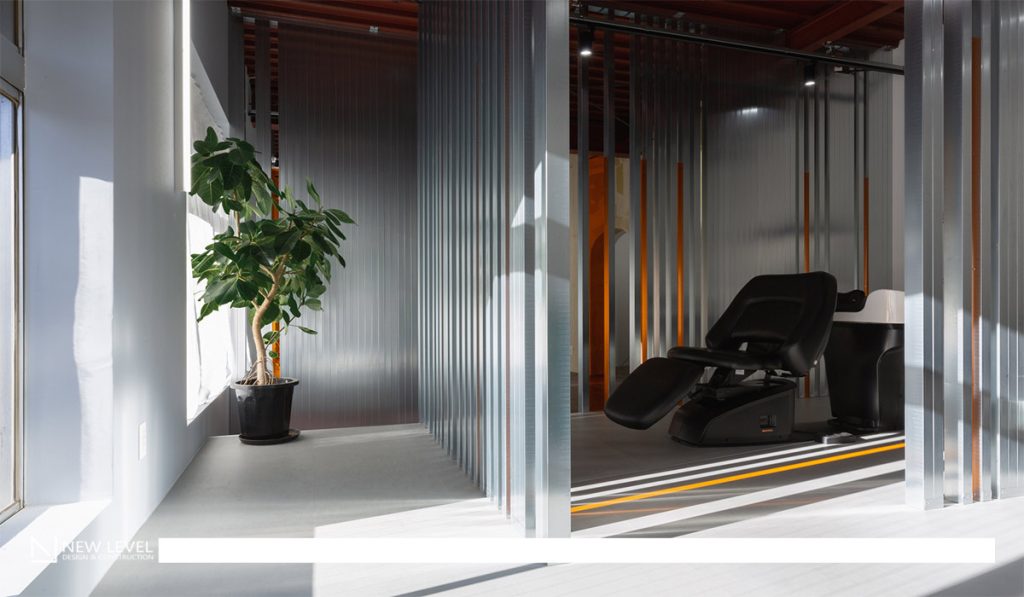
Perhaps the most compelling environmental argument for dry construction lies in its material lifecycle. Steel is among the most recyclable building materials: at the end of a building’s life, steel studs can be melted down and reformed with minimal loss of quality—offering a truly closed-loop process.
The recyclability of gypsum board is also improving, with emerging technologies helping divert demolition debris from landfills. In contrast, concrete—while exceptionally durable—is seldom recycled in a meaningful way. At best, it is downcycled into aggregate for new concrete mixes. Demolishing concrete structures produces significant amounts of rubble, dust, and noise, while the cement manufacturing process remains one of the largest sources of global CO₂ emissions.
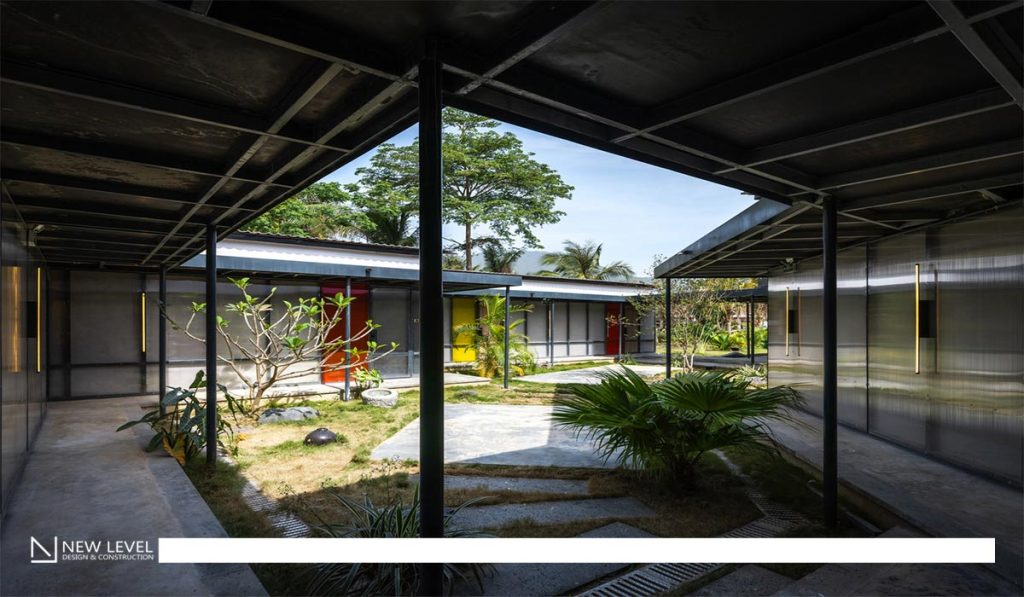
Adaptability is another key strength. Wet construction is inherently rigid; once a wall is poured or plastered, altering it is often labor-intensive, disruptive, and in many cases, structurally infeasible. Dry systems, by contrast, are designed for change. Stick-built partitions can be opened for maintenance, adjusted to accommodate new services, or fully reconfigured as needs evolve—without the invasive consequences of demolition. In fast-changing urban environments, where spaces must be reprogrammed and reimagined over time, this level of flexibility is crucial. Unsurprisingly, steel-stud partitions are already a common choice in commercial interiors even in subtropical regions. Yet, dry construction has not yet gained traction in the residential sector—even though it represents more than half of the construction output, in the case of China.
Beyond sustainability and flexibility, dry construction offers superior quality control and finish precision. Most dry components are manufactured off-site in controlled factory environments, ensuring tight tolerances and consistency. In contrast, wet construction frequently results in uneven, out-of-plumb surfaces, forcing designers and contractors to make less-than-ideal on-site adjustments. For homeowners, these irregularities are a persistent annoyance, making it difficult to install shelves, cabinetry, or achieve clean detailing. With dry construction, finishes tend to be straighter and more reliable. And when misalignment does occur, adjustments are far easier: drywall panels can be refitted or shimmed, whereas correcting imperfections in cured concrete is often impossible.
Subtropical climates present distinct challenges—but also unique opportunities. As cities in these regions continue to urbanize and densify, construction practices must evolve—not only to meet rising demand, but to do so with greater flexibility and sustainability.
Though still underutilized, dry construction offers a compelling path forward: one that aligns with circular economies, adaptable design, and material efficiency.
Shifting construction culture, however, takes time. It requires rethinking typical details during design, introducing builders with new methods of assembly, and even prompting changes in manufacturing to accommodate different material demands. This transformation won’t happen overnight, but a gradual, deliberate shift toward dry construction—particularly in areas such as renovation, adaptive reuse, and interior fit-outs—may help set the stage for a smarter, more sustainable building future.
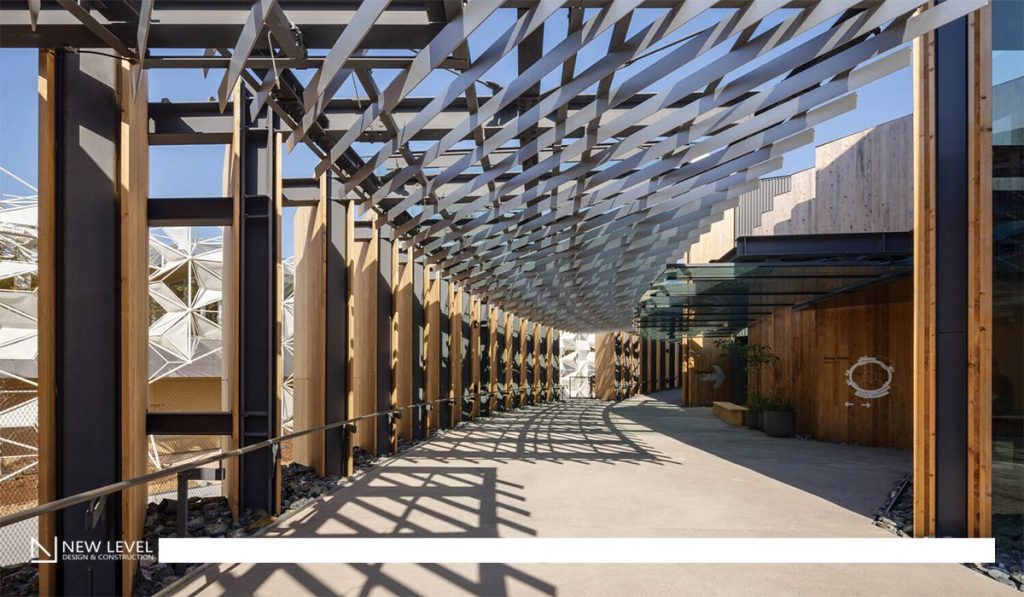
Built to Last—or Change? The Case for Dry Construction in Humid Cities – ArchDaily